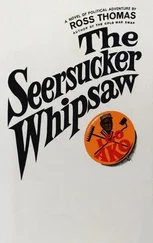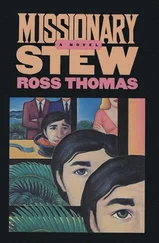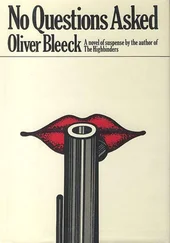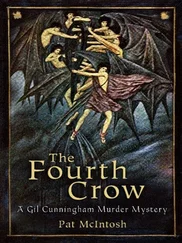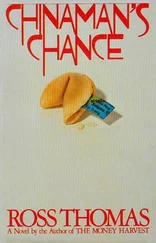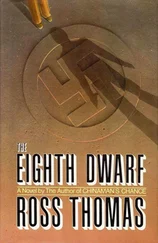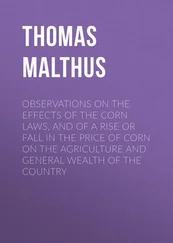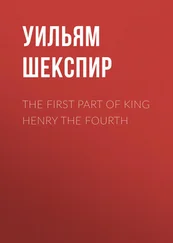Vines sighed, reached into a pocket, brought out another fifty and dropped it into the cap.
“I’m trying to remember if it was a real big package or a real little one.”
Vines put another fifty in the cap.
“Or if it was a man or a woman.”
When Vines’s hand came out of his pocket this time, it held three fifty-dollar bills. “You just bumped the ceiling,” he said, dropping them into the cap.
The doorman immediately covered his head with the cap and its treasure of $300 in fifty-dollar bills. “A short guy,” he said. “With what looked like a sack full of groceries. He had a key to the judge’s place and said the sack had legal documents the judge wanted dropped off. Funny-looking guy. Short-like I said. Five-two and chunky fat. He was also mud-ugly and had this funny nose with one hole twice as big as the other. That nose was something you couldn’t help noticing because it sort of turned up and took aim at you. Well, anyway, he had a key and slipped me a twenty, so I told him to go on up.”
“You didn’t ask for some ID?”
“Well, shit, Kelly, you don’t ask a priest for ID.”
Sid Fork finally found what he had been searching for in the larger bedroom of hismeasle-white two-bedroom house up on Don Domingo Drive. The bedroom contained what he regarded as the Fork Collection of American Artifacts. Some of them-his sixty-two pre-1941 Coca-Cola bottles, for example-were preserved inside glass-door cabinets. Less fragile treasures, such as his 131 varieties of barbed wire, were neatly displayed on fiberboard panels that took up a third of one wall.
Among the other displays was a nicely mounted collection of the ninety-four varieties of “I Like Ike” buttons that were handed out during the presidential campaigns of 1952 and 1956. The political buttons, carefully arranged by size, were next to a dramatic display of the last copies ever printed of Collier’s, Look, Liberty, Flair , the old Saturday Evening Post , the old Vanity Fair, McClure’s and a half dozen other extinct magazines.
Much of the stuff Fork had collected over the years had yet to be sorted and catalogued and was stored in splintery wooden crates and stained cardboard boxes that were stacked to the ceiling in one corner of the bedless bedroom. But Fork’s special pride was his collection of glass insulators that once had graced electric powerlines, both rural and urban, from Florida to Alaska. The green, purple, brown and gray spool-like insulators were lined up on two long high shelves and illuminated by track lighting. It was behind the insulators on the top shelf that Fork finally found the snapshot album.
He took it over to his eighty-one-year-old rolltop oak desk, switched on the fifty-two-year-old gooseneck lamp, dusted the album’s black leatherette cover with a woman’s lace handkerchief, whose provenance escaped him, and went through the album page by page until he came to a large color photograph-a jumbo print-of two young men and two young girls, one of the girls scarcely more than a child.
Fork stared at the photograph for seconds before he removed it from the album and rummaged through the junk mail on his desk for the X-acto knife. He used the knife and a ruler to cut out the head and shoulders of one of the young men in the snapshot. After another brief search, he located the bottle of rubber cement and carefully mounted the cut-out head and shoulders on a plain three-by-five-inch index card. From the right pocket of his old tweed jacket, Fork took nine other index cards and slipped the new one among them. After shuffling all ten cards, he dealt them out on the desk.
The cards displayed full-face color photographs of ten men whose ages ranged from twenty to forty. None of the men was handsome or even good-looking and a few were actually ugly. All stared straight at the camera. None was smiling.
Fork gathered up the ten cards, stuck them back into his jacket pocket and left the room, pausing only to admire a framed four-color magazine advertisement, at least fifty-five years old, that portrayed a pretty young woman in a big shiny roadster somewhere west of Laramie. The ad’s illustration was Sid Fork’s favorite folk art; its copy his most beloved poem.
The chief of police found the whiskey priest at 3:13 P.M. on that last Saturday in June. He found Father Frank Riggins sitting on a bench under a eucalyptus tree not far from the bandstand in Handshaw Park. The priest wore old blue jeans, some new Nike walking shoes without socks and a green T-shirt with a line of yellow type that proclaimed: “There Are No Small Miracles.”
“Thought you might be here,” Fork said as he sat down on the bench, took a small white paper sack from his jacket pocket and offered it to Riggins. “Joe Huff’s wife made it. Calls it her Vassar recipe.”
Father Riggins stared at the paper sack, shook his head sadly and said, “I shouldn’t.”
“Got pecans in it.”
“Don’t tempt me, Sid.”
“One piece won’t hurt.”
“Substitutions are a cop-out,” Riggins said as his right hand dived into the sack and came up with an inch-thick, two-inch square of pecan-studded fudge. He took a large bite, chewed slowly, smiled gloriously and said, “It hurts my teeth more than my conscience.”
“Take the sack,” Fork said, offering it to Riggins.
“Aren’t you having any?”
“Never much cared for fudge.”
The priest took the sack, peered inside to count the remaining pieces and looked up at Fork with a faint smile. “Now that you’ve compromised me, what d’you want to know-more about what I told Joe Huff and Wade Bryant this morning?”
Fork nodded.
“I didn’t get a good look at him.”
“Why not? You don’t wear glasses.”
“It was dark.”
“Felipe keeps that pet shop window pretty well lit and there’s a street-lamp right out in front of the Blue Eagle.”
“He was dressed like a priest-or the way we all used to dress.”
“Can’t swear he wasn’t one though, can you?”
“Of course I can’t. There’ve been all kinds of priests-crazy ones, rapists, embezzlers, thieves, deviates and, of course, drunks. Lots and lots of drunks. So why not a killer?”
“We both know he wasn’t any priest, Frank.”
Riggins sighed. “I suppose we do.”
“Could you recognize him again?”
“Probably.”
“What’d he look like?”
“I can only tell you what I told Joe and Wade this morning.”
“That’ll do fine.”
Riggins thought about what he was going to say, then nodded, as if reassuring himself, and said, “Well, he was short. That’s what you noticed first. No more than five-one, if that. And very heavy-you know, almost round. And he had those very stubby legs and gray hair cut short. Not just a crew cut, but as if somebody’d grabbed a pair of scissors and just whacked it off. I was too far away to see the color of his eyes, but he was no beauty.”
“Why?”
“Well, he had this strange nose that looked a little like a pig’s snout with its bottom all turned up so you could see his nostrils even from across the street.”
“I brought some pictures I’d like you to look at.”
“A rogues’ gallery?”
“Something like that,” Fork said, removed the ten index cards from his jacket pocket and handed them to Riggins, who went through them slowly, stopped at the seventh one and said, “Well…I don’t quite know.”
“Don’t quite know what?”
“He looks so much younger here.”
The chief of police took the index card from the priest and glanced at the face of the man he had cut out of the jumbo print with the X-acto knife.
“That’s because he was younger then,” Fork said, still looking at the photograph. “Twenty years younger.”
Читать дальше

